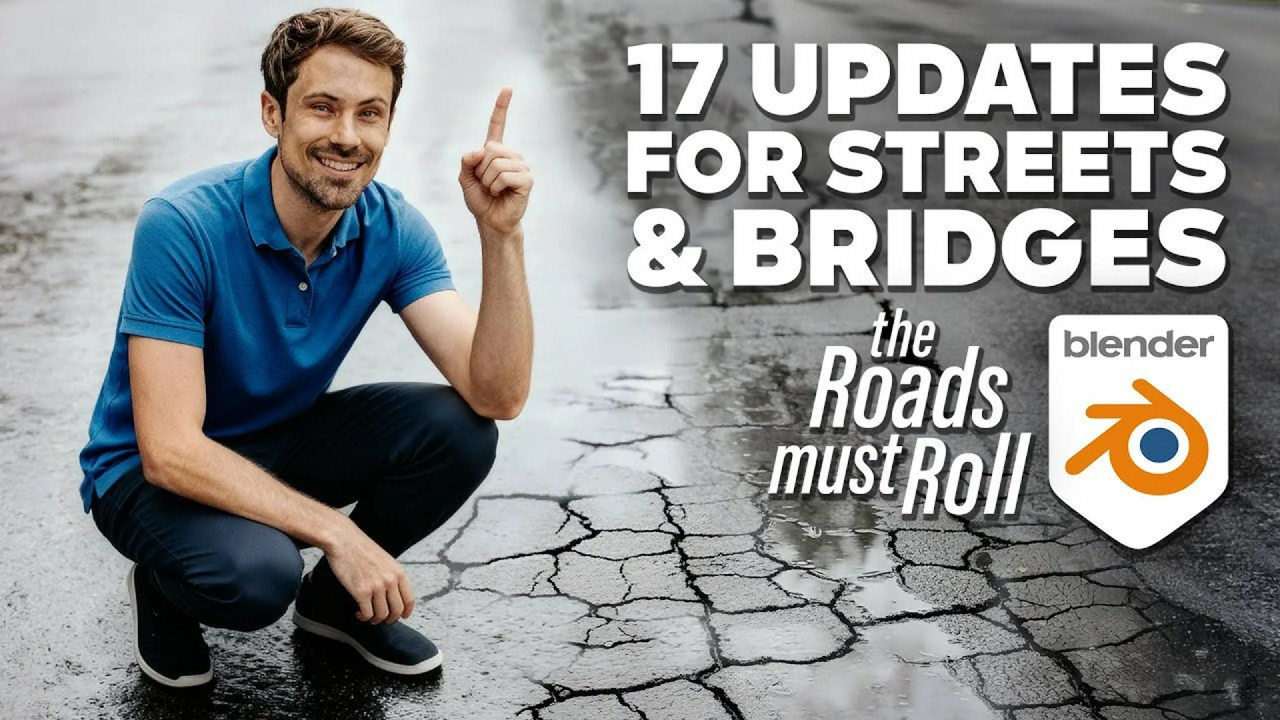Eevee struggles with realistic vegetation translucency compared to Cycles. Discover Gleb Alexandrov’s clever trick using point lights and ambient occlusion to fake light scattering, making your Blender scenes look more convincing and vibrant.
Blender’s Eevee renderer is fantastic for real-time visualization, but artists often hit a snag when trying to achieve realistic translucency, especially with vegetation. Leaves and plants can look flat and lifeless compared to the more physically accurate Cycles engine. Fortunately, renowned Blender artist and educator, Gleb Alexandrov of Creative Shrimp, has a brilliant workaround. In his recent tutorial, “Eevee Fake Translucency Trick,” he shares a simple yet effective method to breathe life into your Eevee foliage.
The Eevee Translucency Challenge
By default, Eevee doesn’t handle light scattering through thin objects like leaves in the same way Cycles does. This often results in a lack of depth and realism, as light doesn’t appear to punch through and illuminate the backside of the foliage. While increasing shadow steps and enabling Raytracing in Eevee can improve general shadow quality, it doesn’t solve the core translucency issue.
Gleb’s Clever Fake Translucency Trick
To combat this, Alexandrov demonstrates a two-pronged approach. The first part involves faking the light bounce and scattering that would naturally occur within leaves:
- Strategic Point Lights: The creator suggests adding small point lights directly inside the dense parts of your vegetation model. Think of them as tiny internal light sources mimicking scattered sunlight.
- Light Settings for Realism: To make these lights purely contribute to the “glow” without casting harsh shadows, he advises turning off shadows for these lights. Additionally, increasing their radius slightly, decreasing the custom distance, and disabling soft falloff helps create a more diffused, natural-looking effect.
- Duplication for Density: Duplicate these point lights multiple times, strategically placing them throughout the foliage to simulate a more widespread scattering of light. Use your artistic eye to guide their placement, making it appear as though sun rays are truly interacting with the leaves.
This technique alone significantly improves the visual depth, making your vegetation look far less flat.
Enhancing Realism with Ambient Occlusion
The second part of the trick involves using Blender’s compositor to add a crucial layer of realism: ambient occlusion (AO). This helps to “ground” the fake translucency and add self-shadowing, making the effect semi-plausible.
- Compositor Setup: To utilize AO, ensure viewport compositing is turned on and that both the Ambient Occlusion pass and the Environment pass are exposed for rendering.
- Mixing the Passes: The tutorial provides a clear compositor node setup. Essentially, the image pass is mixed with the AO pass, using the environment pass as a mask. This clever combination adds subtle self-shadowing, giving the foliage more volume and depth.
- Adjusting Distance: The distance setting for the AO can be fine-tuned directly within the compositor, allowing you to control the intensity and spread of the self-shadowing effect.
By combining these two methods, Gleb Alexandrov achieves a result that is remarkably close to Cycles’ translucency, but within Eevee’s real-time capabilities.
Why This Matters for Eevee Users
Gleb Alexandrov is celebrated in the Blender community for his practical, artistic approach to 3D rendering, often emphasizing “cinematic 3D.” Eevee, while fast, is a rasterization engine, meaning it calculates light differently from ray-traced engines like Cycles. This often necessitates creative workarounds like the one described by the artist to achieve photorealistic results quickly. His methods empower users to push the boundaries of what’s possible with Eevee without sacrificing render times.
Consider exploring the Vegetation add-on mentioned in his video, which he frequently uses in his demonstrations for creating stunning natural scenes. To support the creator’s work and access exclusive content, you might also consider joining his Patreon community.



